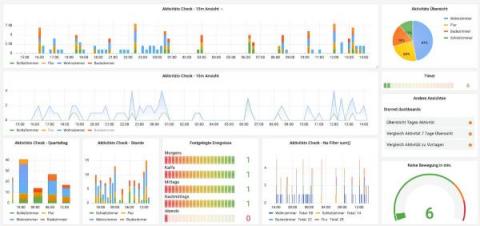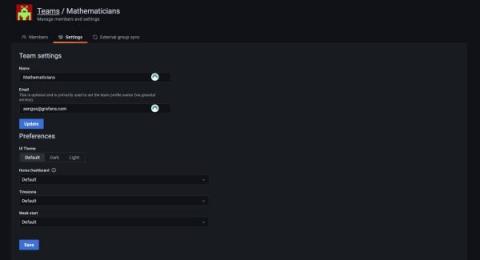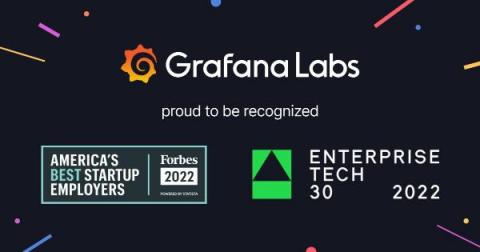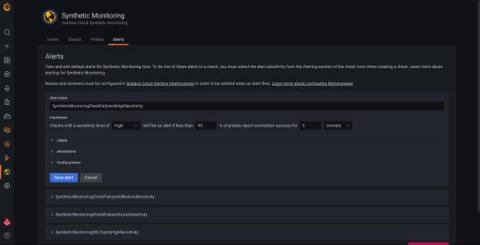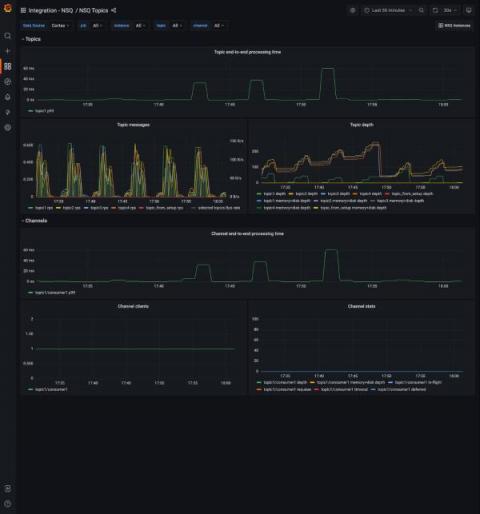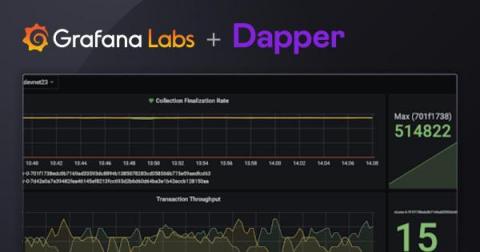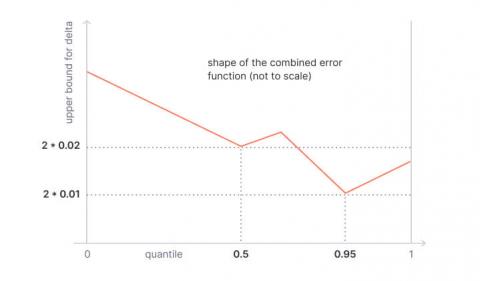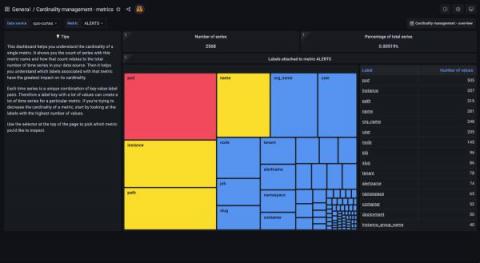Taking care of your loved ones with Grafana and other open source solutions
Amon Reich is the founder of SmartLiving.Rocks based out of Schweinfurt, Germany, an IoT solutions provider for smart homes and small businesses. Amon maintains the open source SeniorenSmarthome project, which enables Ambient Assisted Living through Grafana dashboards and other open source technologies. I’ve been working in the field of smart technology for over 10 years.


